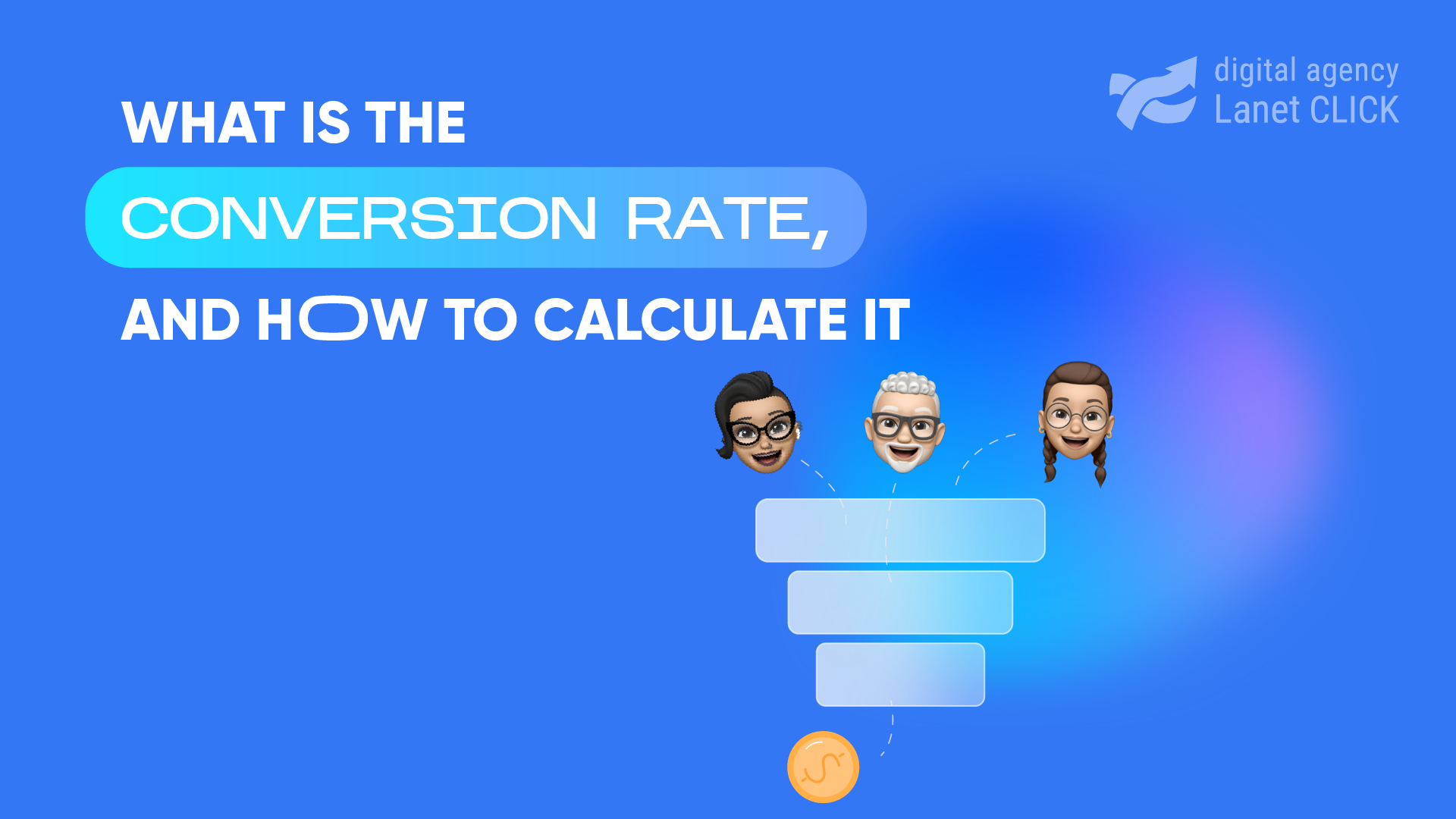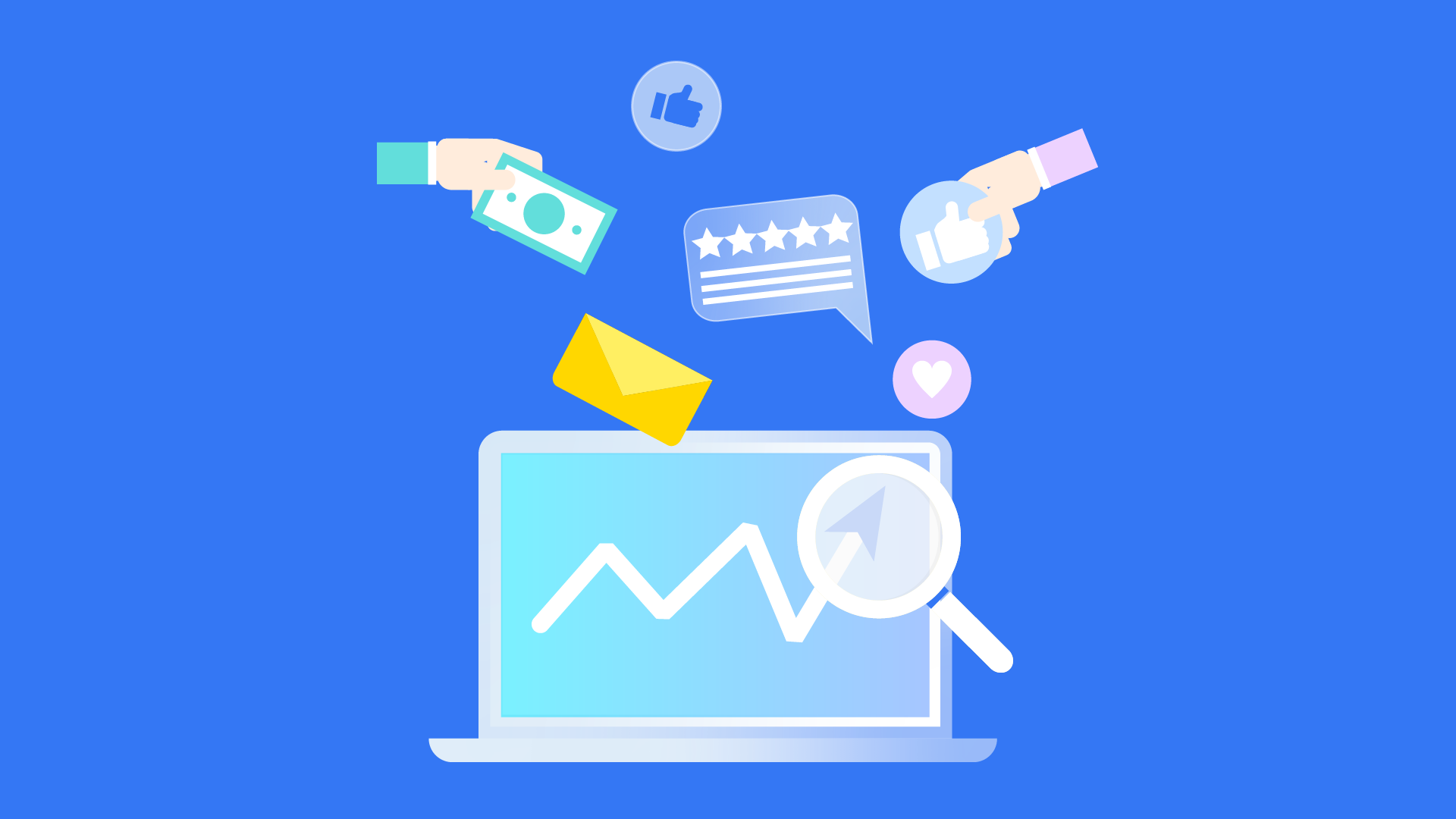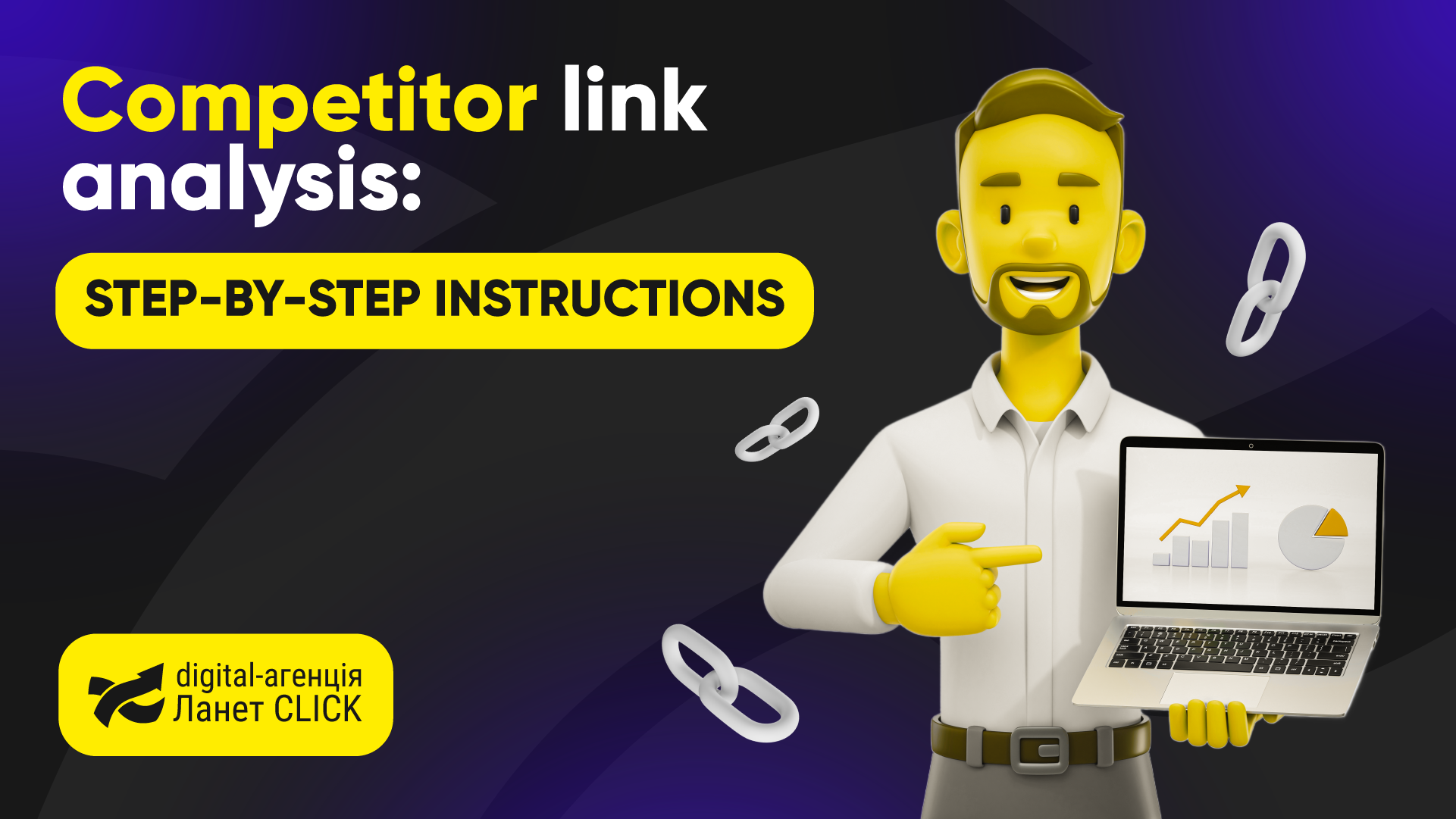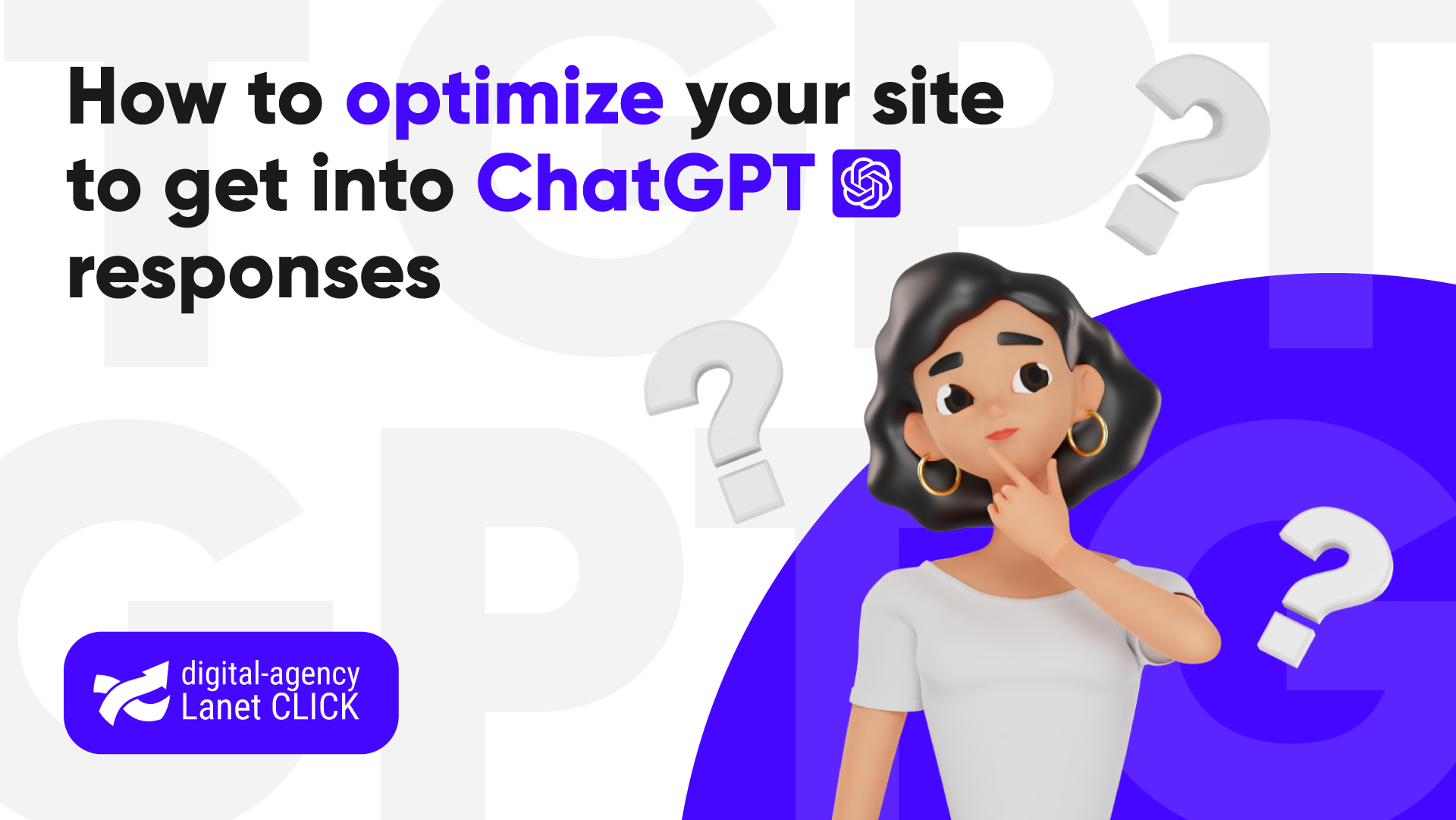
Lanet CLICK entered the TOP-8 digital agencies of Ukraine according to the Ringostat 2025 rating
Lanet CLICK was included in the list of the best digital agencies in Ukraine according to the Ringostat 2025 rating […]


Your brand is popular, Instagram followers like your posts, but that’s not all. Сonversion rate, which we will talk about further, plays a key role in making profit.
Google defines CR (conversion rate) as the ratio of the number of conversions to the total number of interactions for a certain period. Simply put, the conversion rate is the ratio of targeted actions to the total number of site visitors. A click, purchase, subscription, app installation, account creation, filling out and submitting a form can act as a conversion.
Conversion tracking allows you to:

Depending on the niche and its type (B2B or B2C), the conversion rate can vary. In general, it is worth striving for an indicator of 10 percent. But this is a generalized percentage value because a number of factors affect the conversion rate:
Business development cannot be imagined without lead tracking. And it is convenient to use Google Analytics (GA) to track them.
In Google Analytics, conversions are called goals. Goals can be of several types:
As we have already mentioned, the conversion rates for different resources are different. In order to understand which indicator is sufficient for your site, you should consider other factors.

With its help, you can figure out how to establish interaction with users. Imagine that most of the traffic comes from Instagram, but the conversion rate is low. It shows that your followers are not interested in further interaction with the brand.
The more you know about who your target audience is, their average age, needs and pain points, the easier it is to convert visitors into customers.
Visualize the user’s journey from getting to know the page to making a purchase. Thanks to this, it is easier to understand what are the shortcomings of the sales strategy and why the conversion rate decreases.
The conversion rate of users who visit your page will allow you to understand whether they see a certain value in your offer. If they keep coming back but don’t make a purchase, then there’s a problem with the targeted action, such as a complicated sign-up process
As a rule, the longer the user stays on the page, the higher the chances of a conversion. But this medal has a flip side: if the user is on the site for a long time, and does not perform any targeted action, the conversion process may not be clear to the visitor.
The bounce rate shows how many users left your site right from the first page. If it is high, it means that visitors leave the resource almost immediately, if it is low, visitors move further through the site.
A high-quality landing page can bring a lot of traffic, and in the future, conversions, so it is necessary to regularly analyze and improve landing pages that may fall short of certain parameters.
This is the page that the user visits before leaving the site. This parameter can explain why the conversion rate increases or decreases.
This metric reflects the average revenue per visit. If you know this indicator, you will understand how many resources will have to be spent to get one conversion.
CPC determines how much you need to spend to get a user to convert. If you spend more to achieve a conversion than it brings, then your business is losing money.
ROI determines how much your investment has paid off. But ROI involves more than just the financial aspect. The return on investment also includes an increase in the number of followers, improvement of brand awareness, etc.
CPL is the amount you pay to get a lead. The cost of the lead should not exceed ROI.
Getting conversions requires a regular traffic flow. For example, a website is your main traffic source. Then, the amount of traffic and, accordingly, further conversions will depend on competent SEO and regular audit.
CAC is the amount that needs to be spent to attract a customer. It should not be confused with CPA because CAC measures the cost of attracting a buyer, and CPA is the cost of a specific action taken by the user.

Site conversion optimization gives a chance to get maximum profit from the web resource. Some of your visitors are ready to make a purchase and pay for the order, and some are just thinking. Optimizing conversions will allow you to convince unsure users that the product meets their interests. But at the same time, for successful optimization, it is necessary to set up web analytics, which requires special knowledge. Therefore, Lanet CLICK digital agency offers to use the individual consultation of a specialist in setting up web analytics.

Lanet CLICK was included in the list of the best digital agencies in Ukraine according to the Ringostat 2025 rating […]

For a site to rank high in search results, it is important to work not only with content and technical […]

Artificial intelligence has already changed the rules of the game in search engines. Users are increasingly turning to ChatGPT and […]
A good strategy, perfectly selected digital tools, and their effective application will allow the business to increase profits, grow the customer base, and form recognition and loyalty. Do you want something like that? Contact us.
You have taken the first step towards effective online marketing. Our managers will contact you and consult you soon.